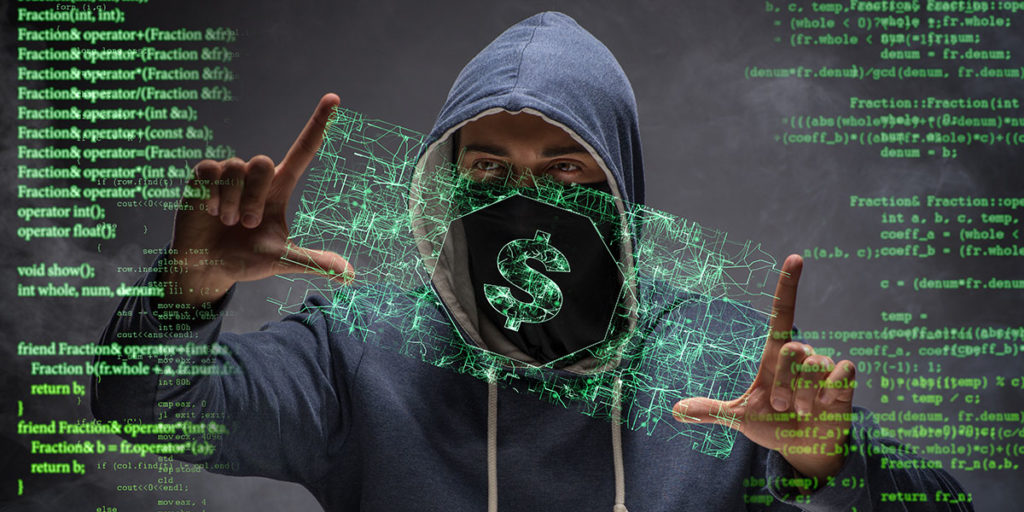Financial institutions and hacking go hand-in-hand these days and keeping your bank account and credit from being the next victim is more important than ever. The safest approach, although the least favorite, is assuming that if your data hasn’t yet been hacked that at some point it will be. Hacking banks and their account holders is the most direct cash infusion a hacker can get…and they know it. According to Kaspersky Lab, attacks on ATMs alone hit an all-time high in 2017 with malware-as-a-service (MAAS) opportunities. With this service, even hacking “hacks” who have no cybercrime experience can watch an instructional “how to” video on how to target an ATM successfully. With all the relentless email phishing attacks and step-by-step advice on hacking, guarding our finances with common sense protection is something we all need to do. It all starts by being proactive with your accounts.
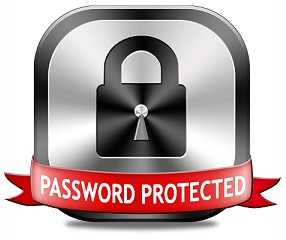 Password security. It’s time to put passion into passwords! Assuming your account will at some point be breached, there’s no reason to make it easier for hackers to break your passwords. Every account deserves a unique password that is eight characters or longer and is a combination of numbers, upper and lowercase letters, and symbols. Try to create a sequence with meaning to make it easier to remember, though not easy to guess or dictionary words. If necessary, write the passwords down. Remember not to leave your written passwords somewhere they are easily found by others.
Password security. It’s time to put passion into passwords! Assuming your account will at some point be breached, there’s no reason to make it easier for hackers to break your passwords. Every account deserves a unique password that is eight characters or longer and is a combination of numbers, upper and lowercase letters, and symbols. Try to create a sequence with meaning to make it easier to remember, though not easy to guess or dictionary words. If necessary, write the passwords down. Remember not to leave your written passwords somewhere they are easily found by others.
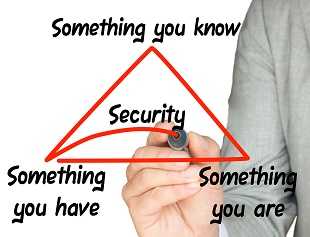 Always use two-factor authentication (2FA) or as also referred to, multi-factor authentication (MFA). In the wake of massive financial hacking, most banks and social media provide 2FA as a second security step and can be easily set-up with accounts. When logging into an account, the bank sends a security code to your phone. To complete the login process, the code is needed as the second verification. It’s a great and easily added security layer, with the idea being that even if a hacker cracks your password, unless they have your phone, they’ll never get the 2FA needed to login.
Always use two-factor authentication (2FA) or as also referred to, multi-factor authentication (MFA). In the wake of massive financial hacking, most banks and social media provide 2FA as a second security step and can be easily set-up with accounts. When logging into an account, the bank sends a security code to your phone. To complete the login process, the code is needed as the second verification. It’s a great and easily added security layer, with the idea being that even if a hacker cracks your password, unless they have your phone, they’ll never get the 2FA needed to login.
- Check your accounts often. No more waiting for your monthly statements. With easy online access, keeping tabs on the financial comings-and-goings is an easy way to spot suspicious transactions. Should anything look questionable, it’s much more effective to alert your bank or provider immediately. Taking fast, proactive steps can prevent further damage to your account should it be breached.
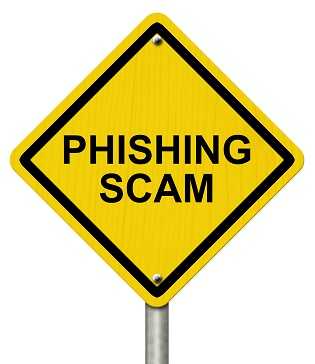 Of course, always be on the lookout for phishing scams. These are still common and frequent and are getting more difficult to detect all the time. If you are not expecting a link or attachment, regardless of the sender, just don’t click it.
Of course, always be on the lookout for phishing scams. These are still common and frequent and are getting more difficult to detect all the time. If you are not expecting a link or attachment, regardless of the sender, just don’t click it.
- When using ATMs, take a quick look to ensure there isn’t a skimming device attached to it. If there is, don’t use it and report it to the financial institution. Also, make sure you use ATMs in well-lit areas and where there is plenty of traffic. Hidden ones or those in dark areas are easier targets for ATM scammers.
- Keep tabs on your credit reports. The big three credit bureaus–TransUnion, Equifax, and Experian allow a free credit report annually, so take advantage of getting one free every four months. Doing so allows you to see what’s going on in the background with your credit, and quickly report any nefarious credit-oriented movement.
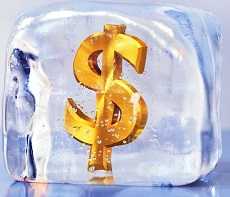 Finally, don’t be afraid to freeze your credit. By law, the big three credit bureaus now must offer free credit freezing and un-freezing. Should you spot something suspicious with your credit, a quick freeze can prevent a whole lot of financial heartache by keeping hackers from doing further damage. Just remember that frozen credit prevents access to your reports for anyone, including you.
Finally, don’t be afraid to freeze your credit. By law, the big three credit bureaus now must offer free credit freezing and un-freezing. Should you spot something suspicious with your credit, a quick freeze can prevent a whole lot of financial heartache by keeping hackers from doing further damage. Just remember that frozen credit prevents access to your reports for anyone, including you.
© Copyright 2019 Stickley on Security Inc.
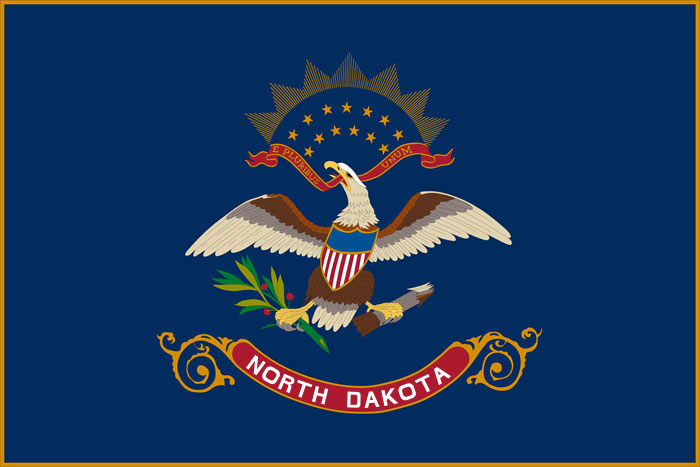 An official website of the State of North Dakota
An official website of the State of North Dakota
